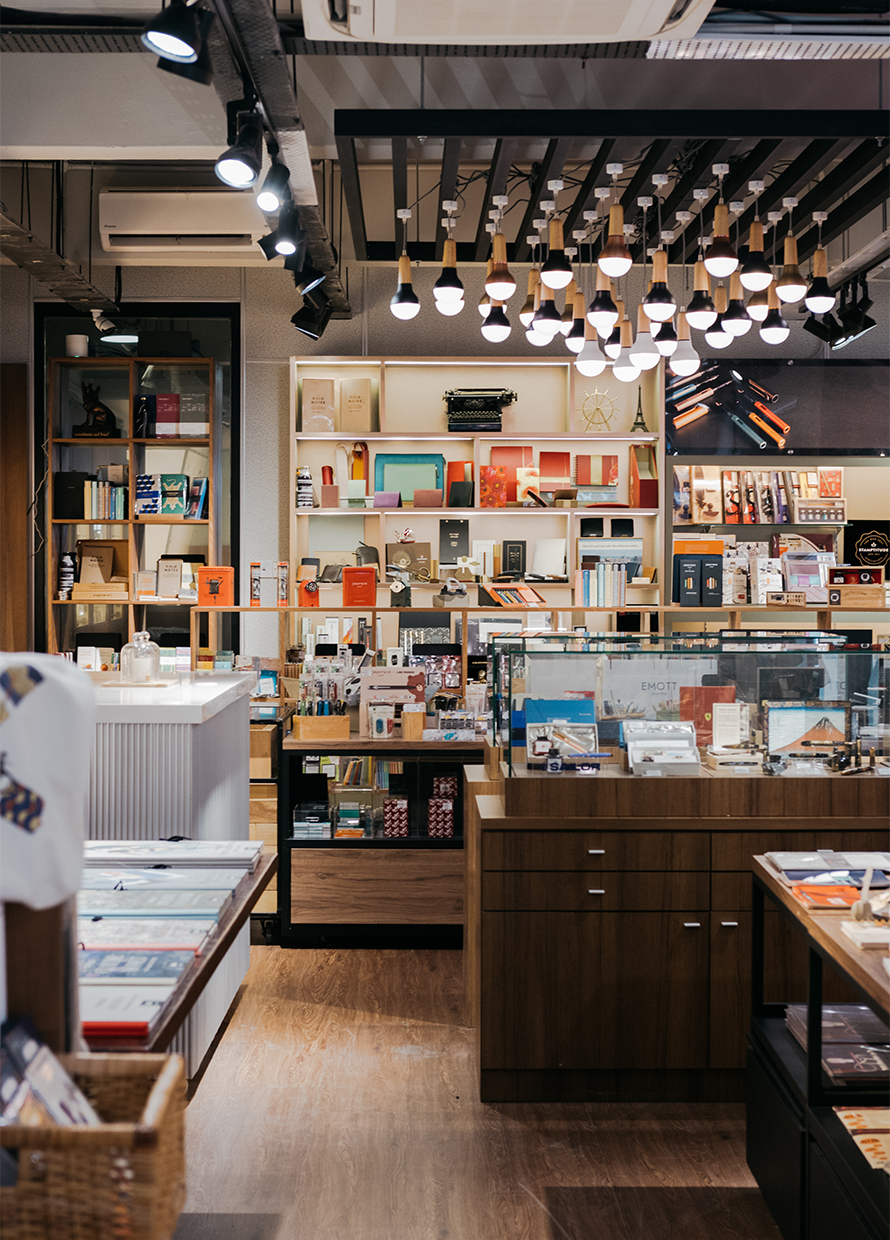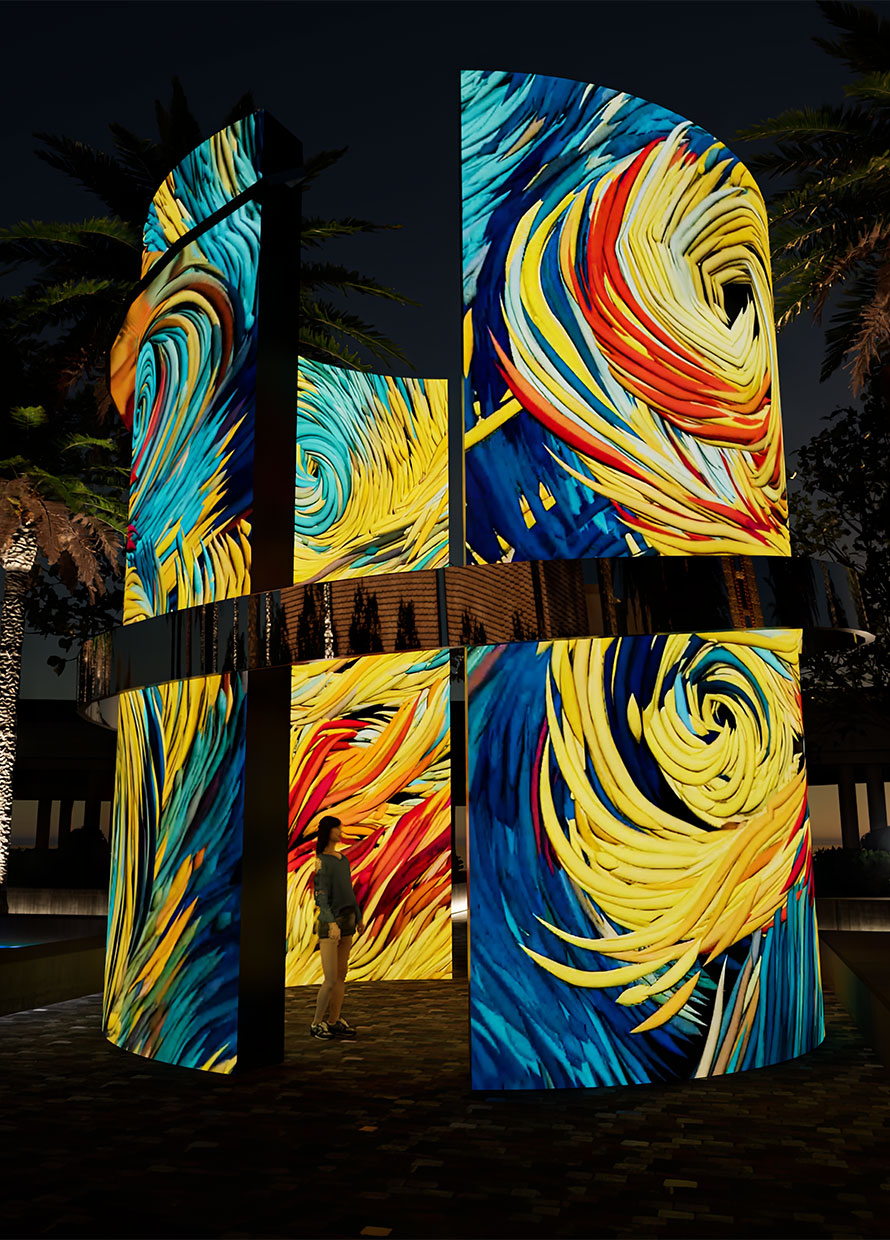Throwback Thursday: the age-old discussion of graffiti vs. art
Artistic expression on the streets
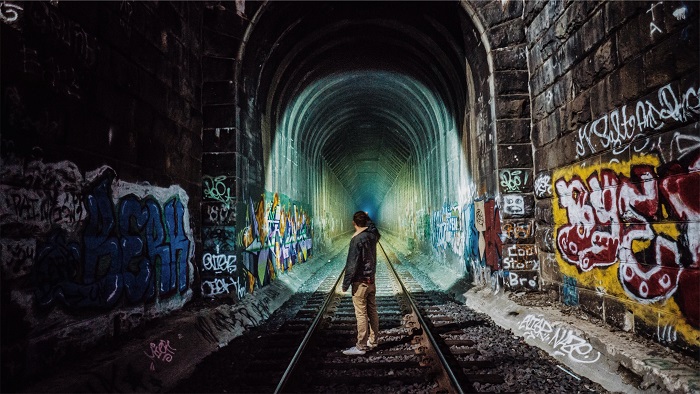
It wasn’t long ago that graffiti began to become accepted as “street art.” Suddenly, authorities and self-proclaimed art critics realised that the illegal drawing and scribbling on walls could actually look pretty. All over the world, mostly in the US, street artists have not only been accepted into galleries and museums, but also into commercial campaigns for major fashion labels and popular brands. Yet, instead of glorifying the art of graffiti, this seems to have sparked yet another grave debate on what constitutes acceptable street art.
It was just last year that a debate surrounding the Penang Island authorities’ acceptance of street art arose, albeit a short-lived one. The street art of George Town, Penang, as we now know it, was made famous by Lithuanian artist Ernest Zacharevic, whose idyllic murals seemed to strike a correct chord with the authorities (give or take a lego-man bandit). But when the country’s first street art festival Urban Xchange took place in the city, it caused an uproar as some murals – some of which were done by artists who were not “invited” artists of the programme – were deemed as not being “Penang enough.”
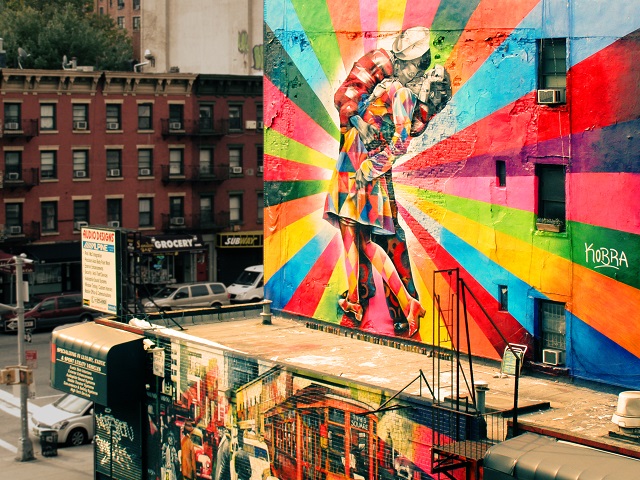
It seems to be a push and pull situation then, when it comes to interweaving graffiti with street art. Is it considered graffiti only when it’s “undesirable”? And is it only considered street art when someone of authority approves of it? In differentiating the two, graffiti and street art photographer Gary Glasser tells Westword, “To me, it’s like asking what’s the difference between two different forms of art. We see art in all forms. I shoot murals, large and small. Colourful and not so colourful. Some of it may be considered graffiti…all of it is art.”
When you look at the original intention of graffiti, there wasn’t quite any rules. Its official definition encompasses the mere scribbling or etching on walls or other objects that are often in view of the public. The practice of graffiti goes back all the way in written history, heck, as far as humans have been known to exist – from caveman drawings to inscriptions on the walls of the world’s greatest ancient empires (Egypt, Rome and Greece). From a mere public display of an individual saying, “I was here,” to expressions of social and political messages, to mere displays of artistic talent, it all boils down to creating visual stimulation, as any traditional art form does.
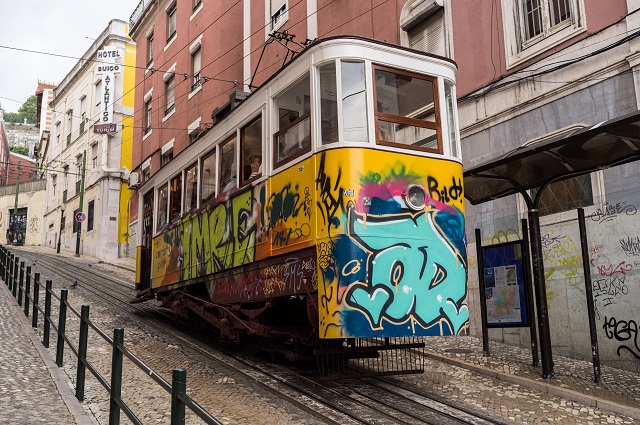
Modern graffiti, however, only became popularised in the 60s, not as an accepted art form, but a sign of rebellion. It was then, that the art of “tagging” became synonymous with the practice, when pioneers like Cornbread and Cool Earl began tagging their names all over the city of Philadelphia. Soon after, in the 70s, graffiti writers infamously began tagging the subway trains of New York. The popularity and coverage on this art form soon garnered international attention. But by the late 80s, the US authorities had declared graffiti a crime for inciting public fear.
Today, street artists have began to turn around this negative perception, in favour of graffiti being accepted as art. Perhaps it’s because it has become a particularly lucrative business for many; artists such as Banksy, David Choe and Shepard Fairey, to name a few, have earned millions of dollars for their works. And following in the tourism-friendly footsteps of Penang, other Malaysian cities such as in Ipoh, Malacca and Kuala Lumpur have began to decorate its streets with murals painted by graffiti artists.
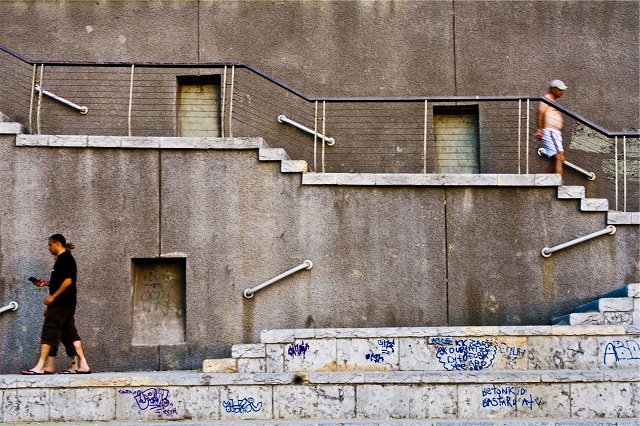
Let’s not forget its origins then, that graffiti – desirable or not – simply boils down to a visual language and creative expression. That cliche saying that goes, “beauty is in the eye of the beholder” comes into play when determining its place in the art world. But as art in modern times is always subjective, who’s to say graffiti isn’t a definitive part of this realm?
| SHARE THE STORY | |
| Explore More |
